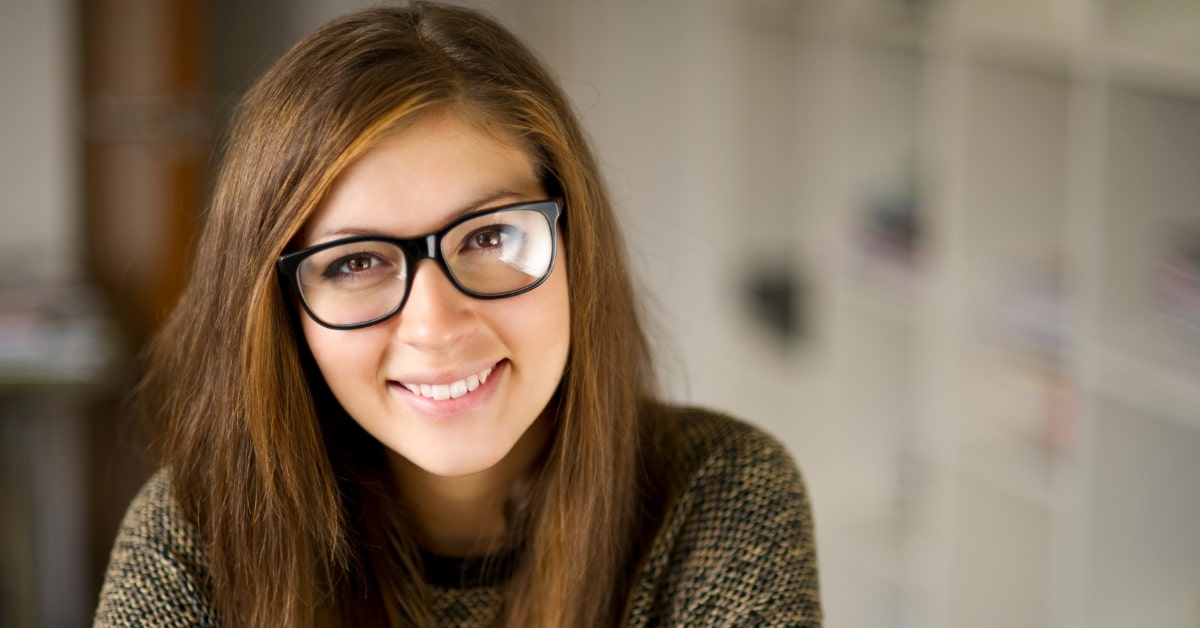Portrait retouching is a crucial aspect of digital photography, allowing photographers to enhance the beauty and appeal of their subjects while maintaining a natural look. Whether you’re a professional photographer or an enthusiast, mastering portrait retouching techniques can elevate your photography to new heights. In this comprehensive guide, we’ll delve into the art of portrait retouching, covering essential techniques, tips, and tools to help you achieve stunning results.
Understanding Portrait Retouching
- What is Portrait Retouching?
- Portrait retouching involves the process of refining and enhancing portraits to improve their overall appearance. It encompasses a range of tasks, including skin smoothing, blemish removal, and facial feature enhancement.
- Importance of Portrait Retouching:
- Portrait retouching is essential for creating captivating and visually appealing portraits that highlight the best features of your subjects. It allows photographers to correct imperfections, enhance skin tones, and create polished, professional-looking images.
- Benefits of Portrait Retouching:
- By retouching portraits, photographers can enhance their subjects’ natural beauty, create flattering lighting effects, and produce images that evoke emotion and connection. Portrait retouching also enables photographers to create a consistent and cohesive style across their portfolio.
Essential Tools and Techniques for Portrait Retouching
- Skin Smoothing:
- Use the Healing Brush Tool or the Clone Stamp Tool to remove blemishes, scars, and imperfections while maintaining the texture and integrity of the skin.
- Facial Feature Enhancement:
- Utilize tools like the Liquify Filter to subtly adjust facial features such as eyes, lips, and nose for a more balanced and aesthetically pleasing appearance.
- Color Correction:
- Adjust the color balance, saturation, and vibrance to enhance skin tones and create a more natural-looking complexion.
- Dodging and Burning:
- Apply dodging to lighten areas of the portrait that require more emphasis, and use burning to darken areas for added depth and dimension.
Advanced Portrait Retouching Tips
- Frequency Separation:
- Employ frequency separation techniques to separate texture and color, allowing for precise skin retouching without sacrificing detail.
- Selective Sharpening:
- Use selective sharpening to enhance the sharpness and detail of the eyes, hair, and other key features while preserving smooth skin tones.
- Color Grading:
- Experiment with color grading techniques to add mood and atmosphere to your portraits, creating unique and compelling visual effects.
FAQs
How much retouching is too much for portraits?
The level of retouching applied to portraits depends on the desired outcome and the preferences of the photographer and subject.
What software is best for portrait retouching?
Adobe Photoshop and Adobe Lightroom are widely regarded as industry-standard software for portrait retouching, offering a comprehensive range of tools and features tailored for professional image editing.
How can I avoid over-retouching portraits?
To avoid over-retouching, it’s essential to maintain a light touch and focus on subtle enhancements that enhance rather than detract from the subject’s natural beauty.
Is portrait retouching ethical?
Portrait retouching is a common practice in the photography industry and is generally considered ethical as long as it accurately represents the subject’s appearance and maintains a level of authenticity and integrity.
Conclusion
Mastering portrait retouching requires practice, patience, and attention to detail. By implementing the techniques, tips, and tools outlined in this guide, you’ll be able to enhance the beauty of your subjects and create stunning portraits that leave a lasting impression. Embrace the artistry of portrait retouching and unlock the full potential of your photography, capturing moments and emotions with clarity and grace.
This page was last edited on 29 February 2024, at 2:22 pm
